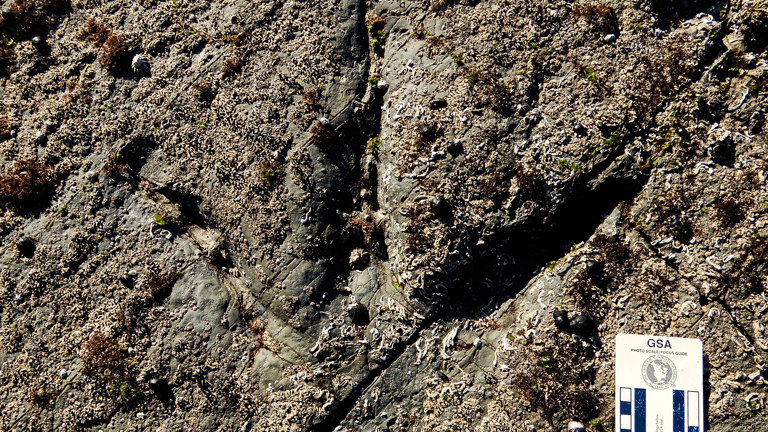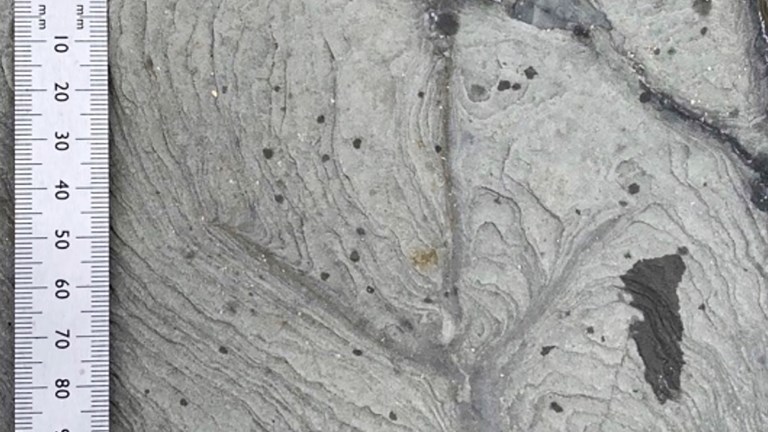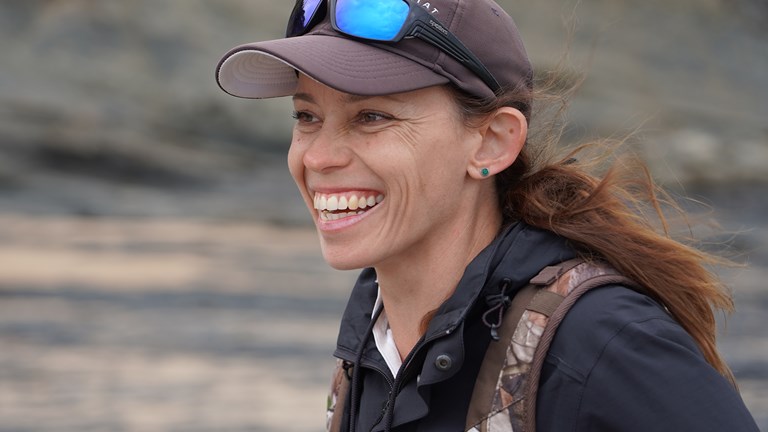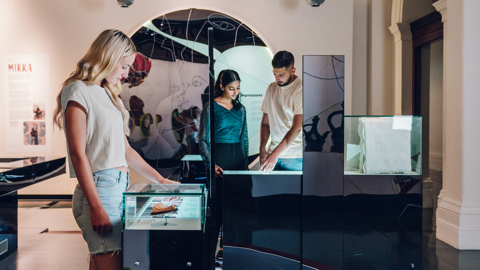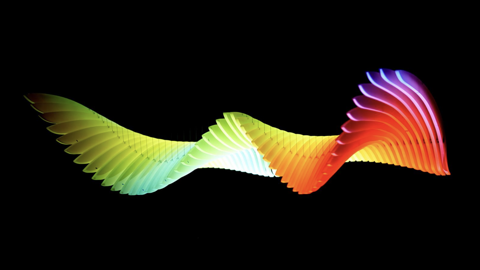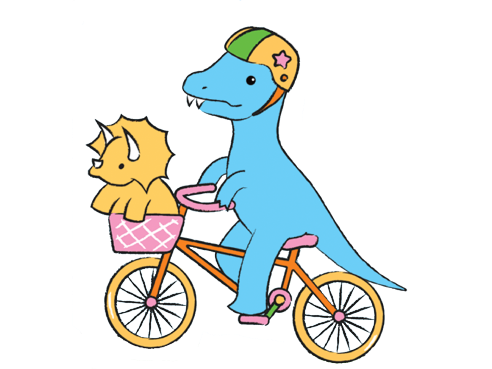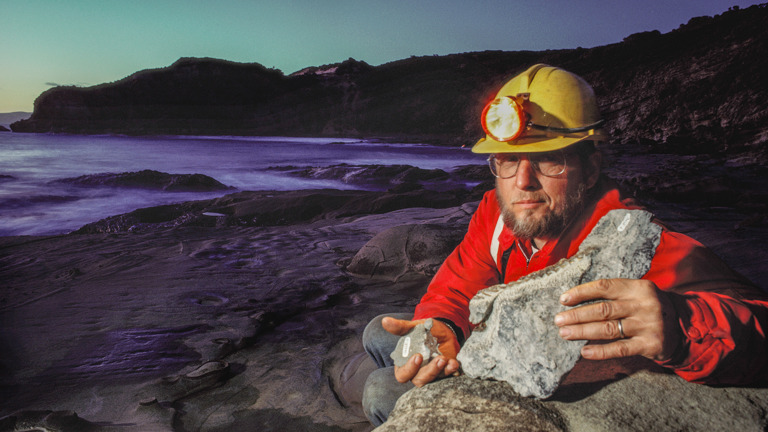
50 Rich years of dinosaur-aged discovery
Photo: © Peter Menzel / menzelphoto.com.
Dr Thomas Rich is a world-renowned palaeontologist who, for the last half century, has made it his mission to fill in the picture of dinosaur-aged Australia.
But the dinosaurs themselves were not his first passion, which Tom discovered as a 12-year-old living in Southern California, in the USA.
‘On Christmas day 1953 I got a book called All About Dinosaurs, written by Roy Chapman Andrews,’ he recalls.
‘And the last chapter was called Death of the Dinosaurs, and there’s this picture of two little beady eyed mammals eating dinosaur eggs.
‘And I thought now they’re the interesting things—that’s us when the dinosaurs were around.
‘That’s what I want to know about.
‘I didn’t realise that people had ancestors that lived alongside dinosaurs, when I saw that I made the connection, even as a 12-year-old.’
That spark of inspiration put Tom on his path.
While studying at the University of California in Berkeley in the 1960s, a professor gave a lecture on Australian fossils.
Tom was hooked.
When Tom’s wife and fellow palaeontologist, Dr Patricia Vickers-Rich, took up a Fulbright post-doctoral fellowship at Museums Victoria in Melbourne, he accompanied her to Australia.
About a month after their arrival in 1974, the museum advertised for a new curator of palaeontology and Tom was in the right place at the right time.
His work over half a century has made him one of Australia’s foremost vertebrate palaeontologists, even if he does not think of himself that way.
‘I guess I’ve become the world’s most minor authority on dinosaurs by default,’ Tom says.
‘What I’ve done with dinosaurs is largely because nobody else was doing it when I started finding them here in Australia, so I had to do it.
‘I’ve done the best job I can, but I don’t consider myself the doyen of dinosaur palaeontology by any means.’
Across his storied career one of Tom’s greatest skills has been making connections between people and places to uncover Australia’s prehistoric past.
Some of the animals Tom has described have not been so readily accepted by the scientific community.
‘We’ve recognised groups that we wouldn’t expect to be here among the dinosaurs,’ he says.
An example is Serendipaceratops arthurcclarkei—a ceratopsian, named after legendary science fiction author, and friend, Arthur C. Clarke.
In 1992, a fossil hunter named Mike Cleeland found a bone cemented into the rock on the beach at Kilkunda, in southeast Victoria.
It was an ulna—a forearm bone—but it had an unusual shape, and didn’t match with anything that had previously been found in Australia.
Mike brought this single bone to Tom, who had the difficult task of determining what it could be.
‘The thing that you’ve got to keep in mind is how incomplete the fossil record is,’ Tom says.
‘Most of the groups that are recognised from Victoria are only known from a few scraps—we don’t have a lot of skeletons; we have a few partial skeletons.
‘We know from that experience that we’re missing a lot.
‘The number of carnivorous dinosaurs that we have, I think there are about seven or eight, that are represented by one or two bones, and often just fragments of bones.’
And initially, Tom thought ‘this stubby little ulna’ could also belong to a two-legged carnivore, or theropod—something like a Tyrannosaurus rex, with small arms.
But while on a trip to the Royal Tyrell Museum in Canada, where he could study more complete skeletons, Tom stumbled across an unlikely answer.
‘I spent a few days going through their collection and there wasn’t anything like the ulna there,’ he says.
‘And then I happened to be walking by a case in which a much larger ceratopsian had been laid out.
‘The ulna happens to be a very characteristic bone of ceratopsians.
‘And suddenly I noticed there was an ulna about twice the size of the one I was holding in my hand.
‘And I thought—what about smaller ceratopsians?’
The museum also happened to be casting an ulna from a protoceratopsian—a smaller relative of the more iconic species, Triceratops horridus, but without the horns.
‘They were virtually identical,’ says Tom.
‘50 million years apart, 15,000 kilometres apart were these two bones that if they had been found in the same hole in the ground you’d say they were the same species.
‘So, we seem to have a ceratopsian on this continent, based on one ulna.’
But Tom’s finding was met with scepticism.
‘Some palaeontologists don’t like it because they’re not supposed to be in the southern hemisphere,’ explains Tom.
‘It’s still controversial, a lot of people don’t accept it, but that’s alright.’
‘One of the most common things people ask me is, “What’s it like to name a dinosaur?”’ says Tom.
In the case of Serendipaceratops arthurcclarkei, he says it came naturally.
‘What does serendipity mean? Fortuitous discoveries.
‘It was a fortuitously discovered ceratopsian—it was the logical name.
‘Serendip also happened to be the Old Persian name for Sri Lanka.
‘By then we knew Arthur C. Clarke, and he’s from Serendip, so we named it after him,’ says Tom.
‘Another one that was a pun was Koolasuchus,’ says Tom, referencing Victoria’s ancient amphibious state fossil emblem.
In that case it was named after the volunteer who prepared the fossil, Lesley Kool, and the fact that it was a cold climate amphibian.
Suchus, in Ancient Greek translates as ‘crocodile’—the most similar appearing animal they knew to these amphibians.
‘You see a link like that, and you can’t resist,’ says Tom.
‘Naming things is kind of fun,’ he laughs.
Many parents will have heard requests for a dinosaur from their children, but how many are in a position to deliver?
While Patricia was working in China in 1979, Tom took their daughter, Leaellyn, on a prospecting trip to the Otway Coast.
‘She had a book, called My Little Dinosaur, about a kid who finds a living dinosaur,’ recalls Tom.
‘And with the impeccable logic of a two-and-a-half-year-old, she says, “Can I have one daddy?”
‘And I said I’m not going to find a living one, but if I ever find a new one I’ll name for you.
‘She had to wait 10 years, but she got it!’
Her dinosaur, Leaellynasaura, was found by volunteers excavating the tunnel at Dinosaur Cove and described by her parents.
‘It’s got an incredibly long tail—something like 70 vertebrae—and probably has the longest tail of any ornithopod dinosaur,’ says Tom, referring to the group of two-legged herbivorous dinosaurs.
And not to be left out, Tom and Patricia’s son, Timothy, also got one—Timimus—an honour shared with Tom’s long-time collaborator, palaeontologist Tim Flannery.
Even before embarking on the journey to Australia, Tom and Patricia were avid fossil collectors—even on their wedding day.
‘We were married at a fossil site called Bushy Tail Blowout, in Wyoming,’ says Tom.
‘It was littered with fossil bones from the very end of the age of dinosaurs.
‘So, we got down on our hands and knees and the person who found the most important specimen was my mother—she found a tooth of one of these mammals called Meniscoessus.
‘So, we didn’t waste our time; we didn’t just get married, we did some fossil collecting,’ Tom laughs.
And their passion for uncovering the mysteries of prehistoric life has inspired hundreds of others into action—from volunteers to fellow palaeontologists all around the world.
‘I’m trying to encourage other people to do things I can’t do,’ says Tom.
The original group that started prospecting at Dinosaur Cove became the Dinosaur Dreamers—a group of more than 700 volunteers who have dedicated their time to this shared passion.
‘I don’t understand what the attraction is,’ Tom says.
‘Why do people do this? I’m so grateful they do, but why?
‘If what I was hunting was small little mammals, I wouldn’t have 700 volunteers,’ he laughs.
‘The concept of dinosaurs is critical to drawing in all those people.
‘It’s not where my central interest is but it’s the central interest of most of the people who are involved.’
But even with this split in interests, it was the volunteers that led Tom to finally find the creatures that sparked his curiosity as a 12-year-old.
‘Dinosaur Cove attracted a lot of people who came to us as volunteers, and some of them started prospecting back where Tim Flannery had done his first survey [near Inverloch in eastern Victoria].
‘We found another site called Flat Rocks.
‘And that’s where the real payoff came because that’s where we started finding mammals,’ he says.
By the 1990s, Tom had been searching for signs of these dinosaur-era mammals for more than two decades, and he was beginning to think it would never happen.
‘I remember thinking ... I guess I’m going to be a dinosaur palaeontologist for the rest of my life because we’re just not finding them,’ says Tom.
‘And then on the 7th of March 1997, Nicola Barton breaks open a rock and there’s the first jaw.’
Nicola was a volunteer working at the Flat Rocks site, near Inverloch.
It was near the end of the dig, and at the end of the day the group had gathered for a party to celebrate.
‘I wasn’t there, I was at home, and I basically came down to participate in the party,’ he says.
Lesley Kool, who was overseeing the dig, was the one to break the news.
‘She came up to me after a while and was a little bit nervous,’ recalls Tom.
‘She says, “I’ve got something for you to look at.”
‘She dragged me over to a microscope and gave me this rock.
‘And the first thing I saw was just a brown smear.
‘I looked again and suddenly I saw teeth, and the teeth had two roots—it wasn’t any dinosaur; it was a mammal.
‘I wasn’t chasing something that didn’t exist.
‘That moment will stay in my mind for a long time.’
It was a mammal—exactly what Tom had been searching for all those years.
‘That was the beginning, and now we’ve got about 70 mammalian specimens—half of which are toothless jaws, and the other half are mainly fragmented jaws.’
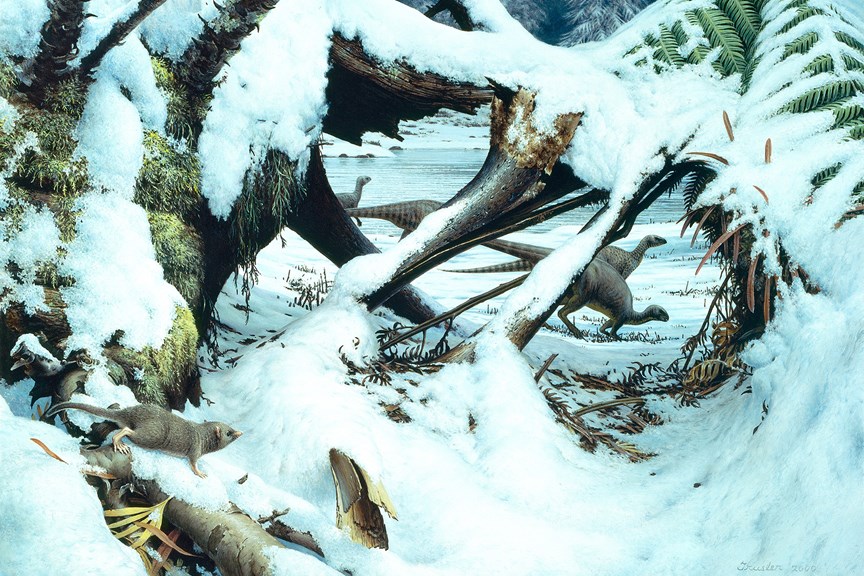
‘Being a pioneer is one of the great privileges of having got this job,’ says Tom.
But being a palaeontologist in Australia comes with an extra degree of difficulty.
Australia’s geology makes it particularly challenging to find complete specimens, and the fossils that are found are usually difficult to extract from much harder surrounding rock.
What that means, is there are relatively few fossils to draw information from, especially when compared to western North America.
‘The art of being a palaeontologist—if there is an art to it—is dealing with the absence of fossils,’ he says.
‘Almost every palaeontological paper could be finished by saying, “We need more fossils,” that’s just the name of the game.
‘It’s not the place to come and do dinosaurs; if you want to study dinosaurs you’re picking the wrong continent.
‘But when we started there was a lot less.’
And new fossils are still being found, even in areas that Tom and others have been scouring for decades.
‘This is the reason that when I’m no longer around there is still reason to keep working these sites,’ says Tom.
‘There’s so much more to know about the fossils we already have, and then you wonder about how many we don’t have.
‘It’s not all over yet.’












